100-Year-Old 360-Degree Film Camera That Uses 98-Feet Long Film
![]()
Photographer Richard Malogorski uses an incredibly complex 1915 Cirkut camera to capture 360-degree panoramics on film.
Despite most modern smartphones having a panoramic mode and an increasingly expanding 360-degree camera market, Malogorski chooses to use a large-format 100-year-old analog camera for his 360 panoramics.
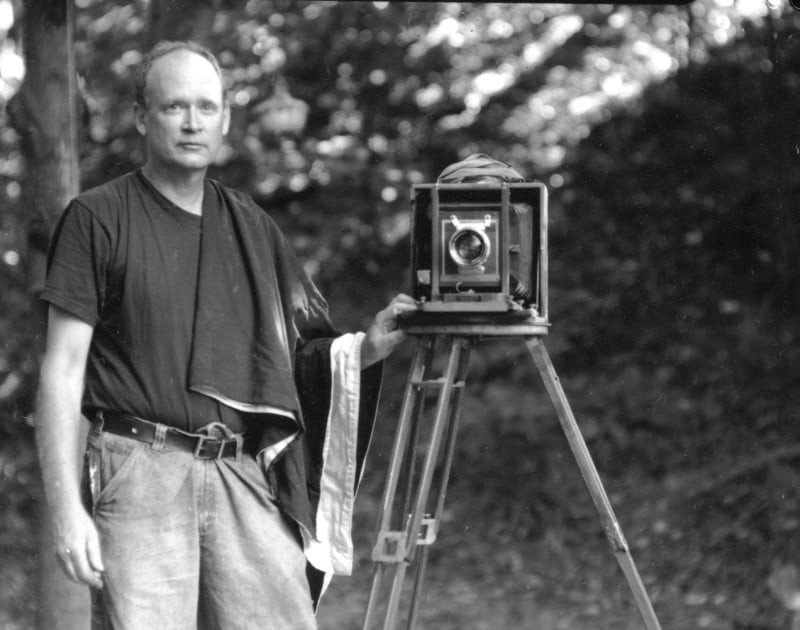

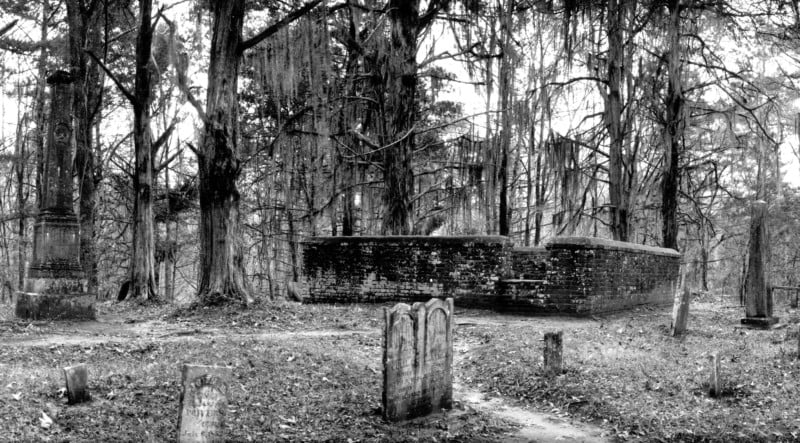
Cirkut Cameras
Cirkut are the largest large format cameras ever commercially produced with negatives reaching 70 inches long and 16 inches wide.
Malogorski’s Cirkut Number 8 (meaning the negatives are eight inches wide) has three different motors and three different batteries, each one gives a different rotation speed for the camera. It can take one hour to shoot one photo.
![]()
Malogorski explains to PetaPixel that the large ring cog that rotates the camera is linked by gears to the advancement of the film inside the chassis.
If the shutter speed is set to 1/4, it will take 1/4 of a second for the film to advance 3/8 of an inch. However, the time of advancement can vary depending on the battery and motor fitted into the camera.
“Since the film is over 70 inches long, it will take quite a while to make an exposure because you can only expose 3/8 of an inch of film at a time,” explains Malogorski.
“Camera rotational speed and exposure time are linked. Long exposure means slow rotational speed and short exposure means a faster rotational speed since the shutter is always open during the exposure.”
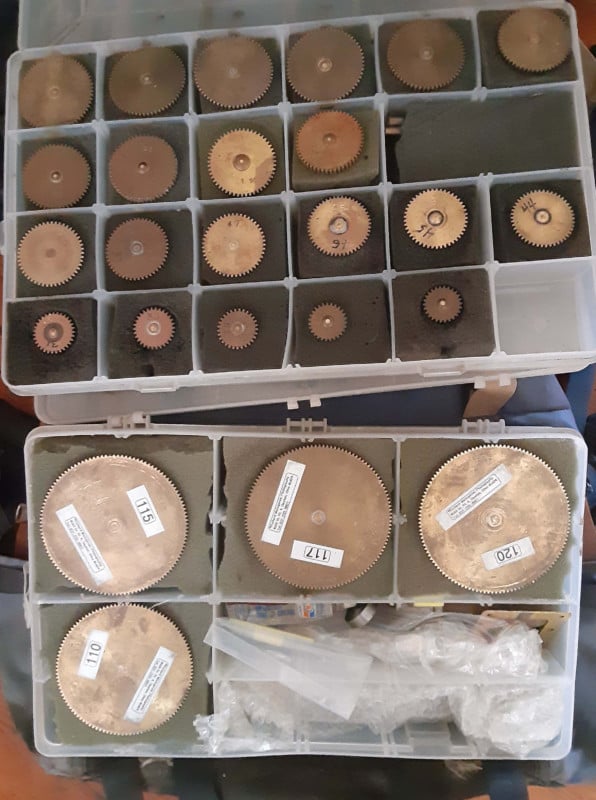
If Malogorski wants to swap lenses, he also has to change gears. And not only that, the gears have to be different sizes depending on what focus distance he wants. If the lens is focused to infinity, then the gears have to be different than if it is focused to 20 feet.
“Each gear has a different number of teeth and this allows a change of synchronization of camera rotational speed to film takeup drum speed. This is necessary for the image to be sharp,” adds Malogorski.
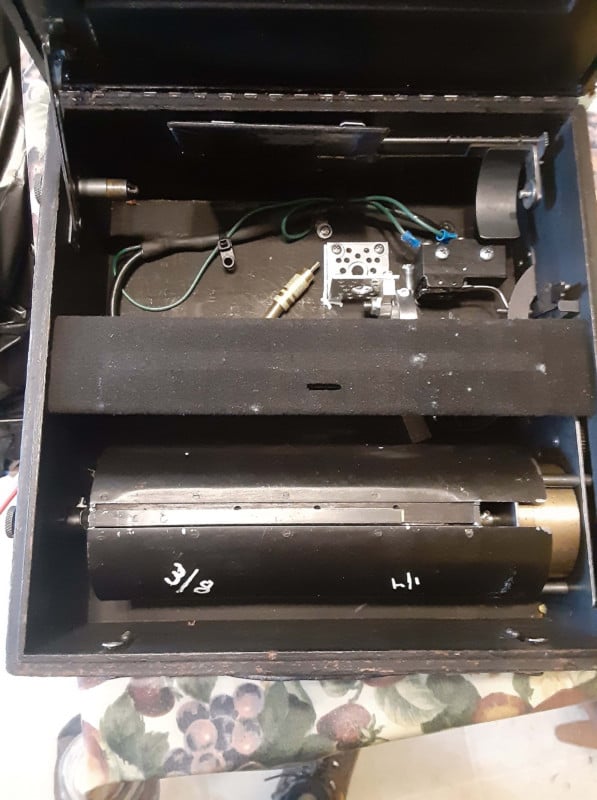
Malogorski says that despite being over 100 years old, his Cirkut Number 8 camera is in great working order since the gears are made from bronze and are therefore quite durable.
“The main thing is to keep the lenses clean. Sometimes I have to disassemble them and clean between the elements but this is normal for any type of camera, especially large format.”
Film and Printing
Malogorksi originally bought the spooled-up film from Kodak but the company stopped making Cirkut film.
“I saved all my spools and I started buying Ilford aerial film. Well Ilford stopped selling aerial film so then I tried Kodak aerial which I had trouble with and then Agfa aerial which was difficult to work with because it had an extended red sensitivity making it very high in contrast,” he explains.
“So I contacted Ilford and they started making runs of 8-inch wide film for the Cirkut that comes in a 100-ft spool. It is HP5 which is 400 speed and I need a high-speed film I need to order it many months in advance to make sure I will get it.
“It is expensive. I believe they also make 10-inch wide film but it is FP4 which is 100 speed that’s too slow for me.”

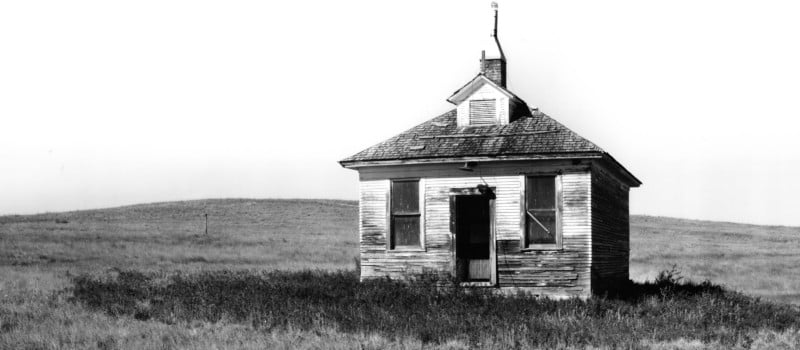
Malogorski says the last time he bought film it cost $470 for a 100-foot roll which he gets 15 negatives out of. The paper to print on is less expensive but still costs $400 for a large roll that will give 64 six-foot-long prints.
“But anybody who’s ever worked in the darkroom knows it is, unfortunately, a lot of waste,” he points out.
“Especially when making that very first print because you don’t know what the exposure is and what the dodging and burning is going to be.”

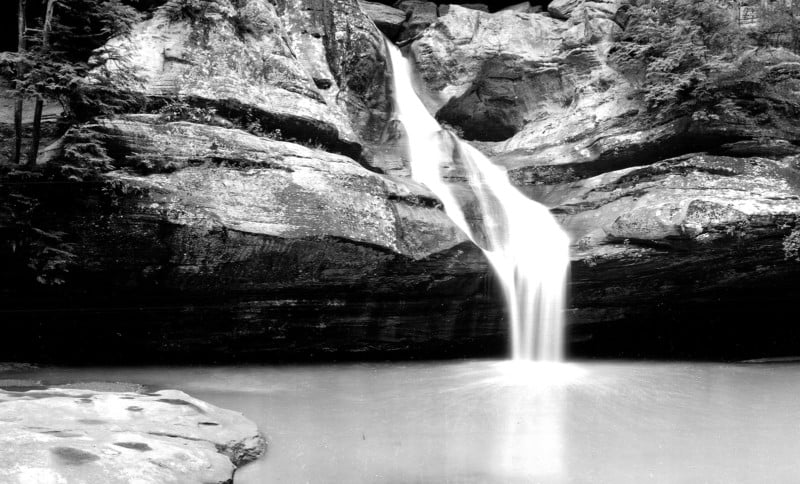
Picking Subjects
Malogorski lives in Dayton, Ohio, but travels around a lot in a 1994 Toyota pickup that has 489,000 miles on the clock.
One of his favorite subjects to shoot is machine shops that fix agriculture equipment and weld things. Perhaps unsurprisingly, Malogorski is a fan of mending equipment.
“I find them very interesting because the individuals are quite unique and I enjoy talking to them and most of them are very intelligent people who are very good at repairing things,” he says.
“Anyone who is going to work the Cirkut camera needs to be mechanically inclined.”

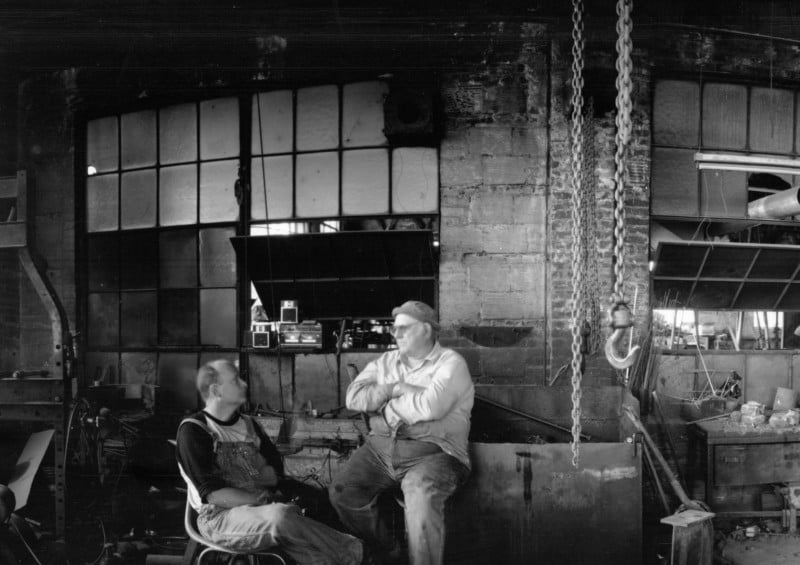
He also shoots landscapes, visiting the Great Plain States where Malogorski enjoys capturing wide-open spaces because the distortion that the camera naturally produces is eliminated.
“These cameras were notorious for being difficult to work with, but when I photograph in say, South Dakota or North Dakota, I am able to stand back from the subject and photograph it and the distortion is not at all apparent.”
A Photography Purist
Malogorski tells PetaPixel that digital photography barely existed when he took up the craft in the mid-1990s.
“All Cirkut camera images are contact prints, this means Cirkut camera prints were noted for extreme clarity,” he explains.
“Group portraits are a good example, every single face was completely visible was extremely clear and detailed, even when they were photographed in the 1920s, they were extremely sharp and clear.”
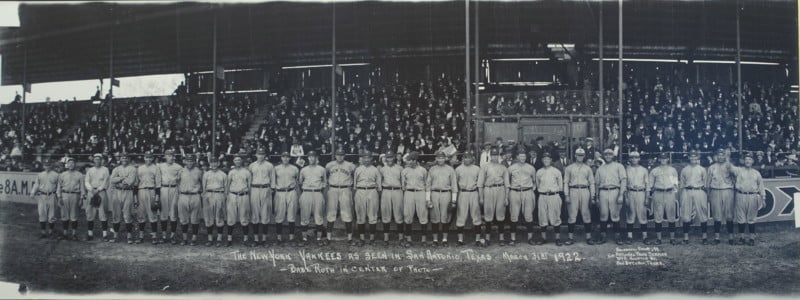
Malogorski points out that aerial photography still uses film because of the older technology’s superior detail.
“If you ever get a good chance to look at a circuit camera print in person try to shine a flashlight to it and you can see incredible detail in the print that cannot be seen with the eye,” he says.
“I find great beauty in straight photography that is just the lens, the film, and the darkroom. No digital manipulation.”

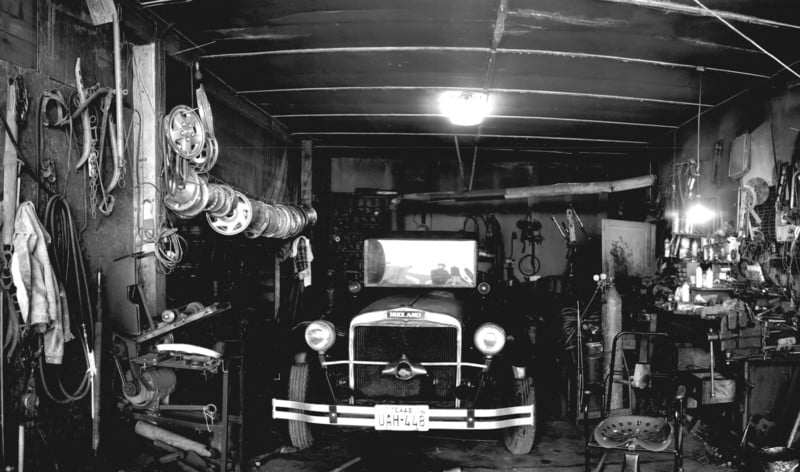
Malogorksi says he is a great admirer of photography from the past, done without digital manipulation.
“I enjoy a straight image very much,” he adds.
More of Malogorski’s work can found on his website. To see the high-resolution scans from Cirkut that can be zoomed in on. Visit this link.
Image credits: All photos by Richard Malogorski.